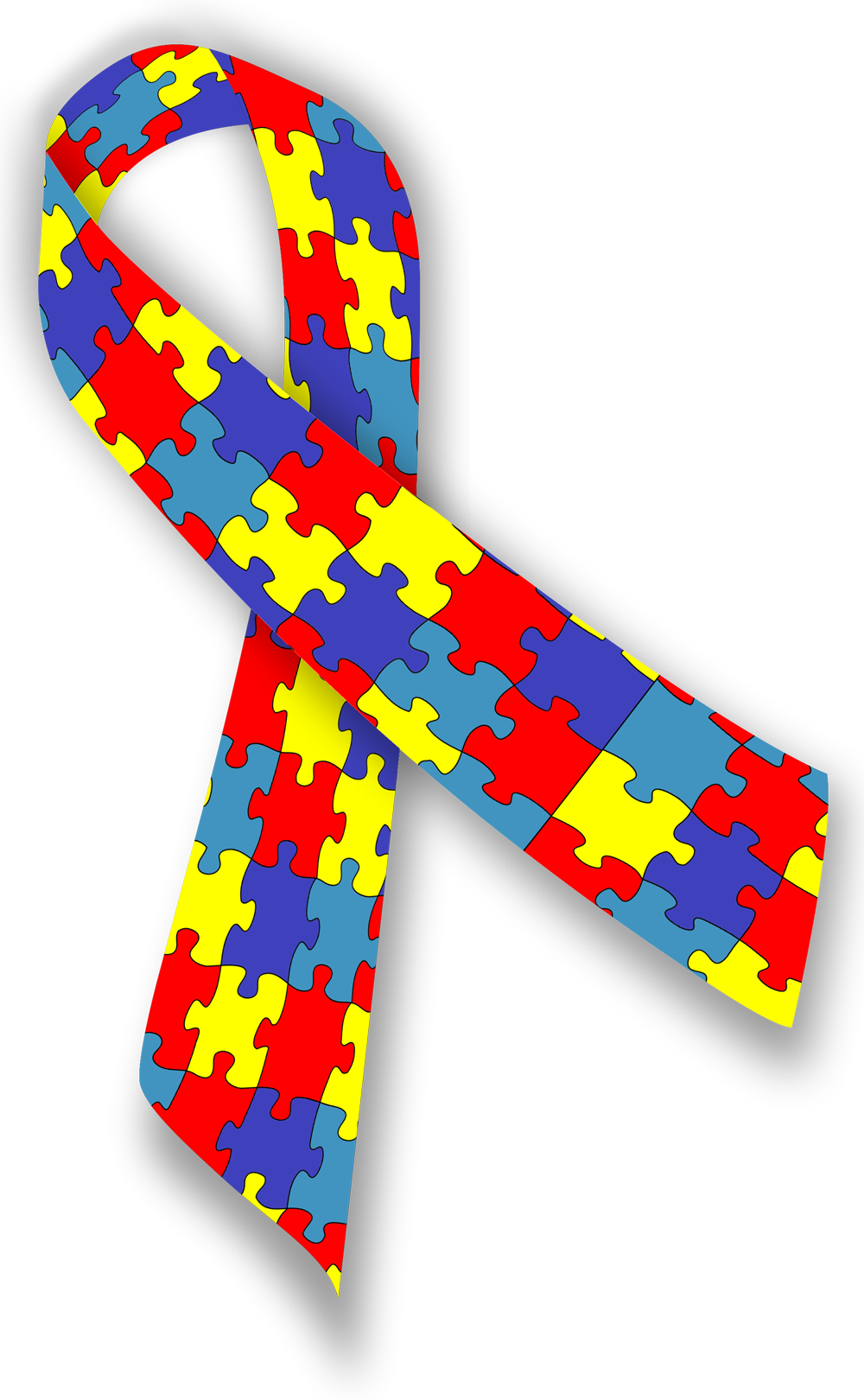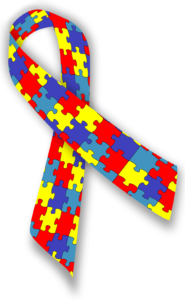
Autism, or autism spectrum disorder (ASD), is a developmental disease characterized by various problematic behaviors. Children diagnosed with autism demonstrate language impairments, restricted interests, repetitive behaviors, difficulties in engaging in social interactions, mood and sleep disturbances, and many other behavioral issues. Because it depends on multiple genes and various environmental factors, ASD is difficult to diagnose and predict. Due to the lack of conclusive biomarkers for this disease, current clinical diagnostic standards are mostly based on behavioral tests. This presents a dilemma, as autistic children sometimes obtain medical attention too late, when their eccentric behaviors become very conspicuous.
Fortunately, ASD is not totally irreversible. It is shown that if autistic children receive behavioral intervention during the first few years of their life, their condition can be significantly improved. This is because during the first three or four years after birth, the developing brain is highly plastic, or changeable, which maximizes the influence of external factors on a child’s brain development. However, current methods are not good enough for reliable diagnosis of ASD earlier than age of two, which cuts down the treatment efficacy in most cases. Countless children have lost their opportunity to live a normal life because they were diagnosed too late for any effective treatment.
About a month ago, a paper in Nature proposed a hopeful method to resolve this dilemma. Multiple research institutes collaborating through the Infant Brain Imaging Study (IBIS) network developed a method to accurately diagnose children at high risk for autism as early as one year old. The researchers first identified a link between autism and brain overgrowth during the first two years of childhood. Based on this finding, scientists took MRI scans of the newborn’s brain at 6 months of age, and again at 12 months of age. The scientists then compared the scans using a machine learning algorithm that they tested on over 300 infants, and gave predictive diagnoses for autism to the family. Compared to the behavioral tests currently used for clinical diagnosis of autism, this MRI-based method is less subjective and confers a very high predictive accuracy among children with a high risk of autism. It is a paradigm shift in the field of autism diagnosis. While this technology is still preliminary and requires more confirmation before being applied for clinical diagnosis, as the first of its kind, this MRI-based diagnostic tool represents a life-changing modality for the autistic children by allowing them to start behavior treatment earlier.
Peer edited by Holly Schroeder.
Follow us on social media and never miss an article: